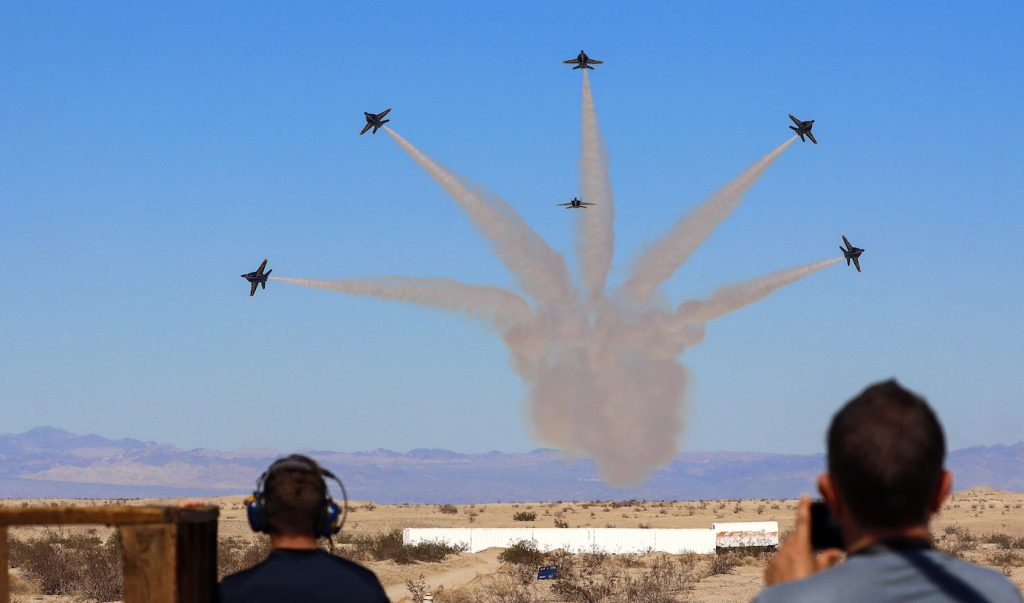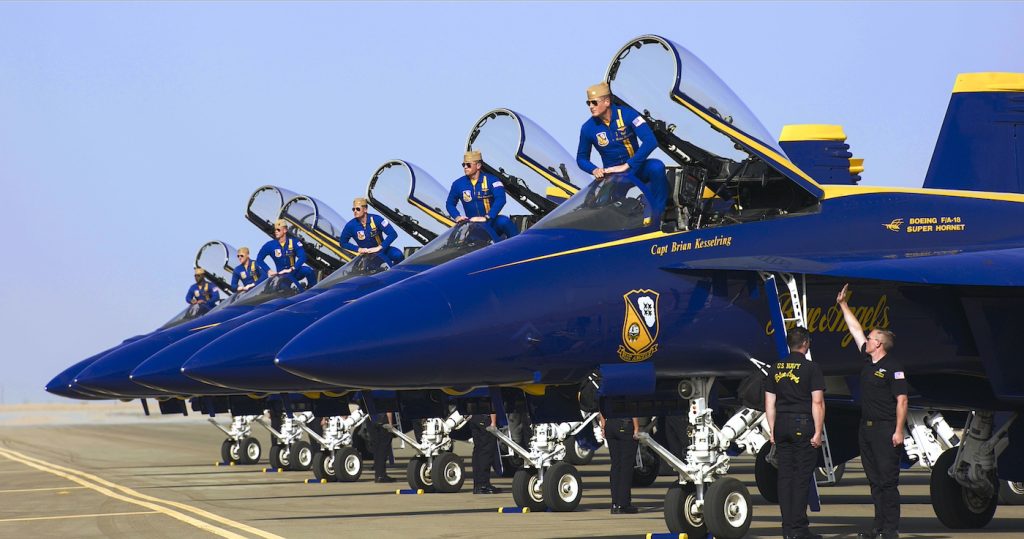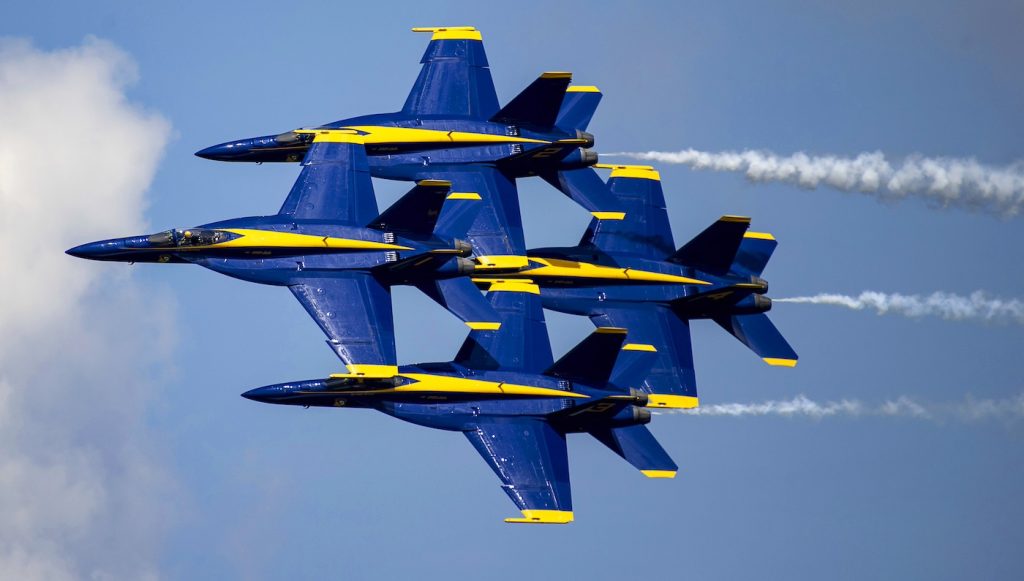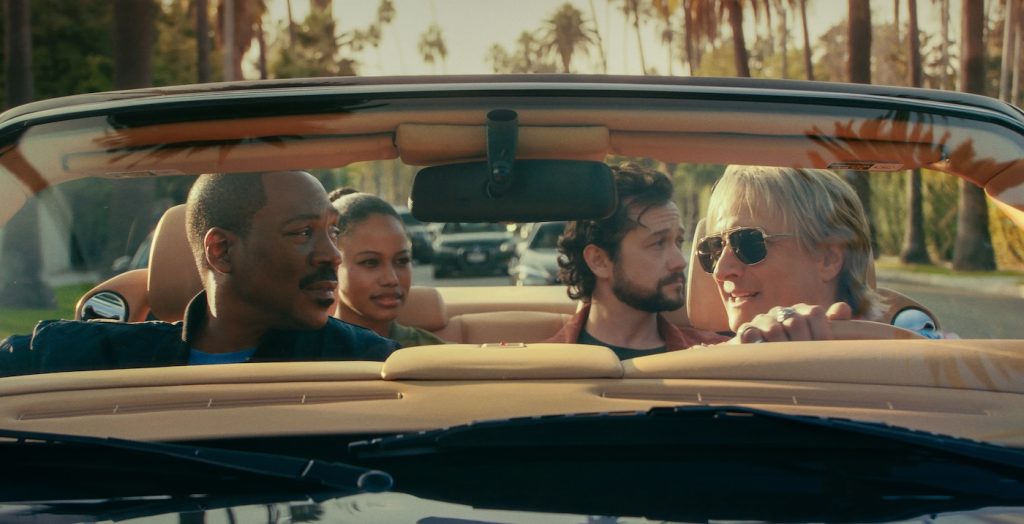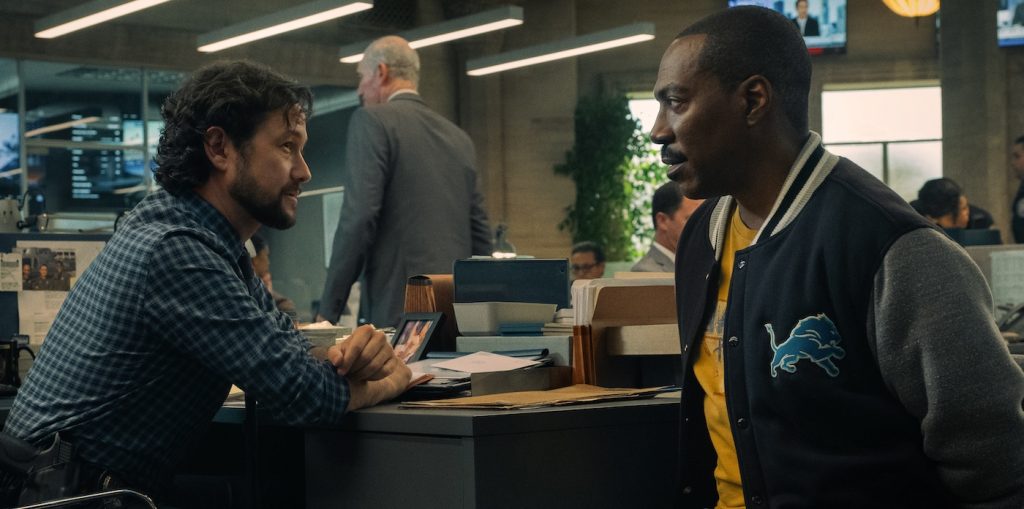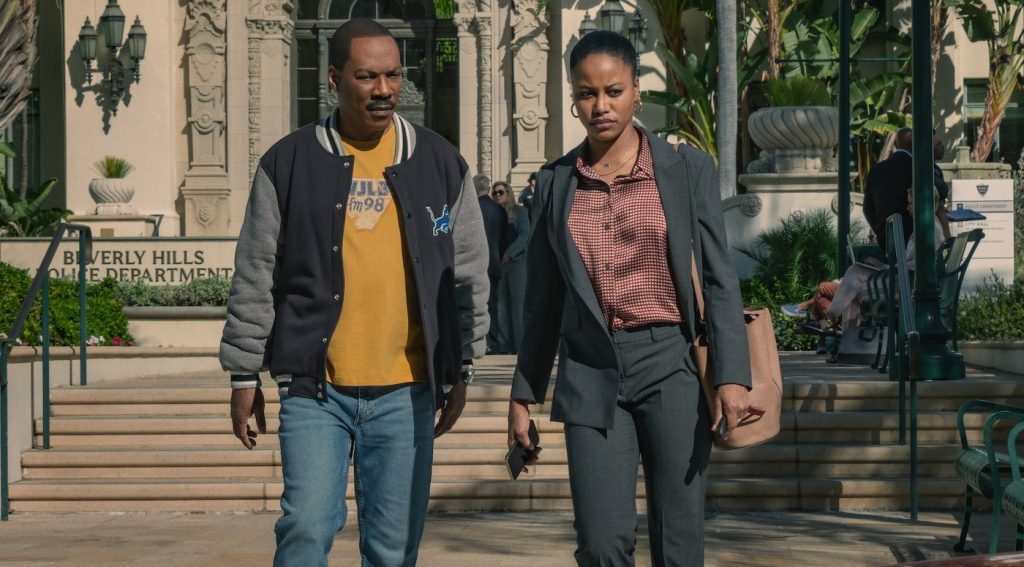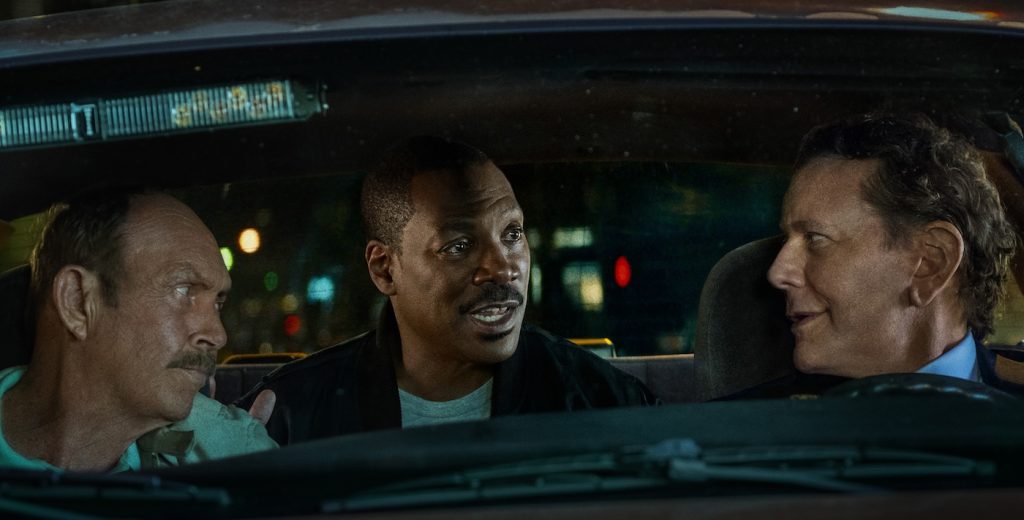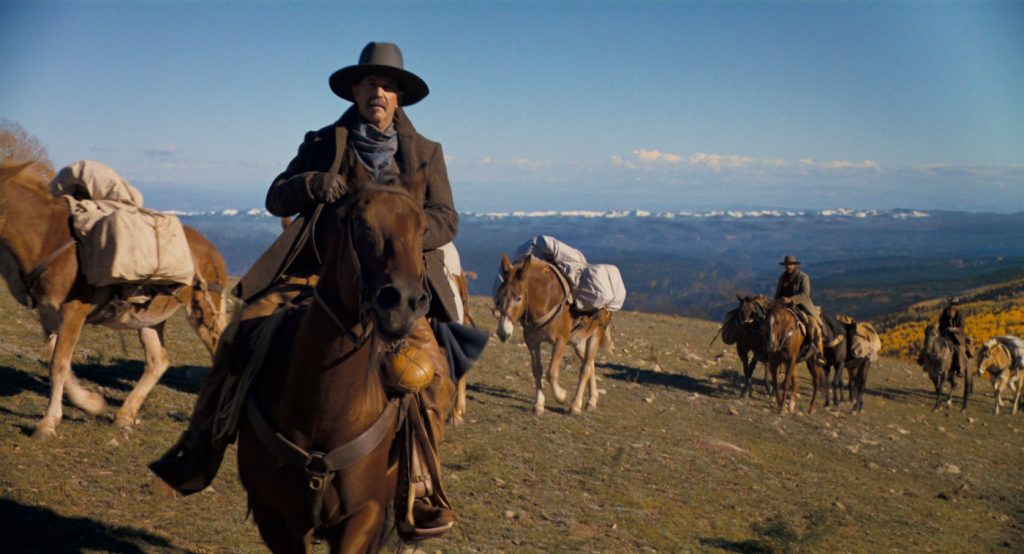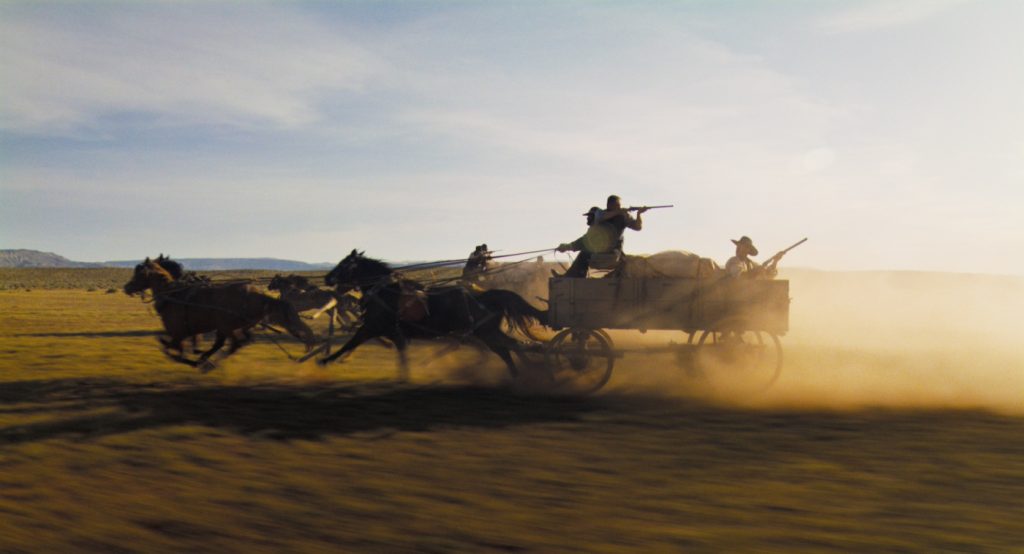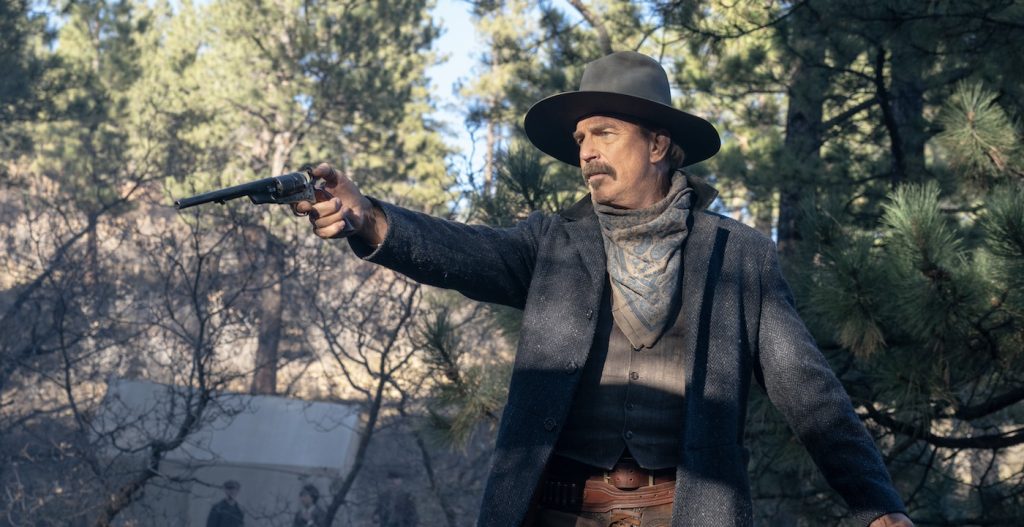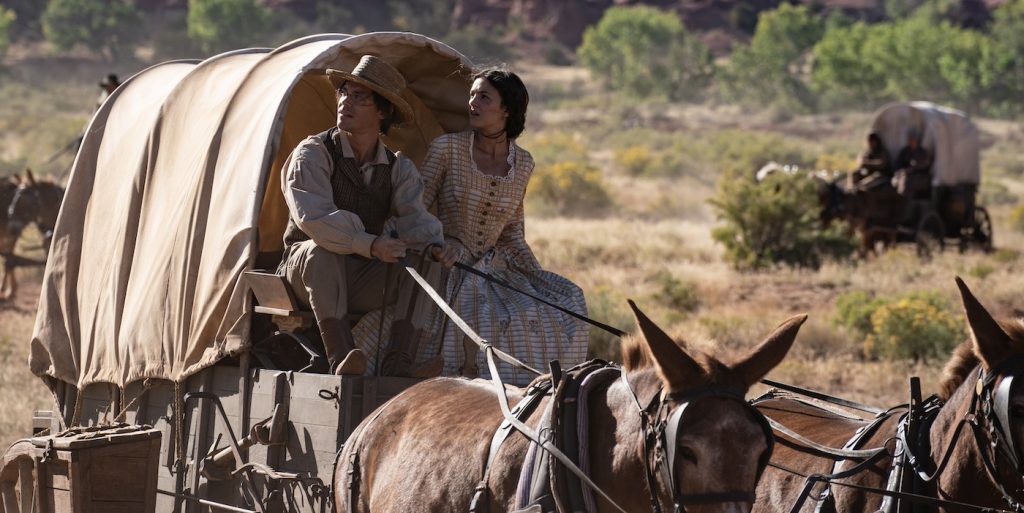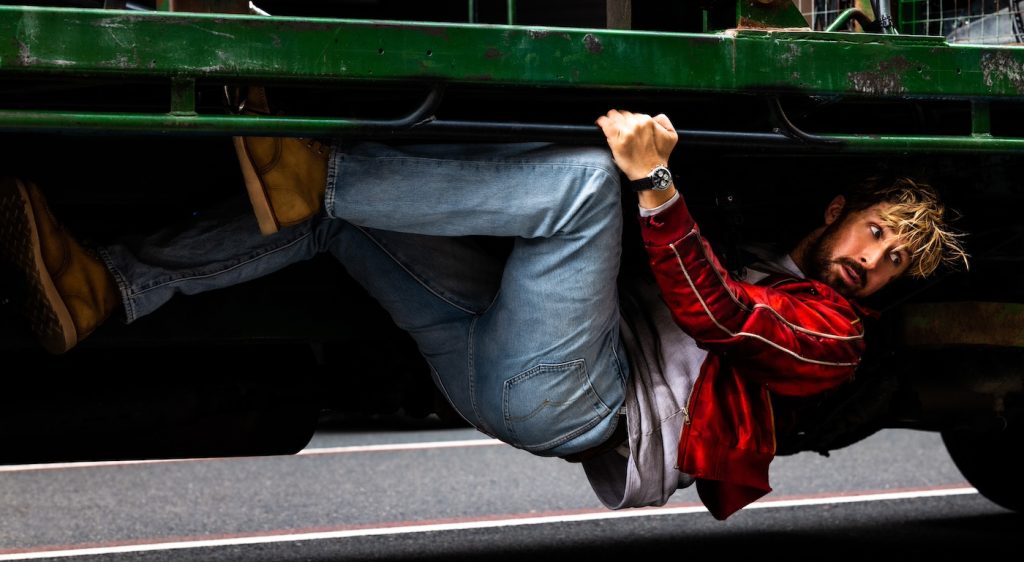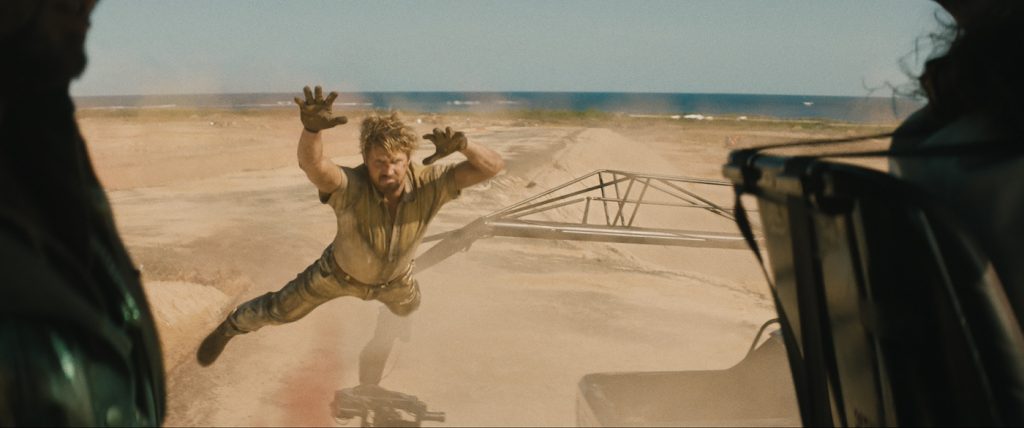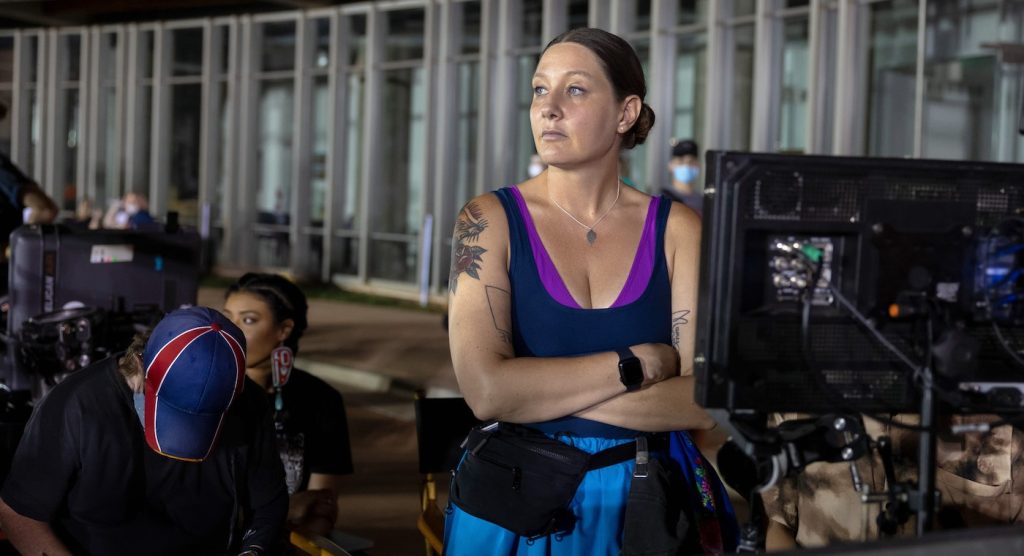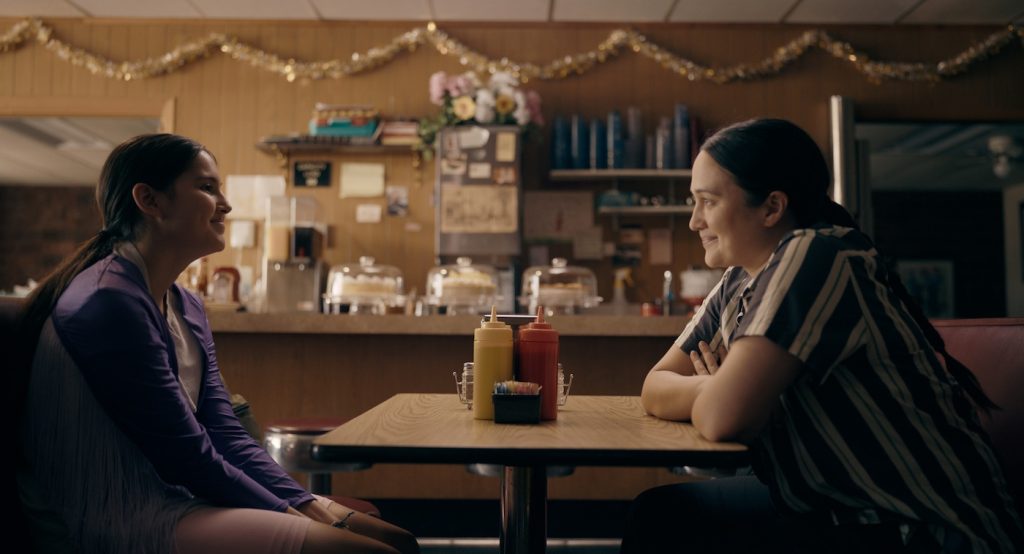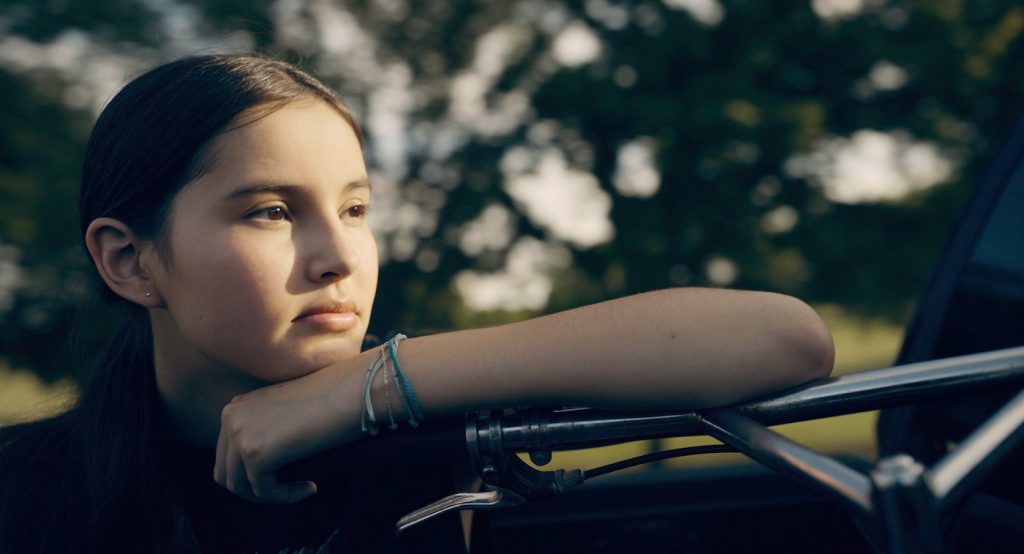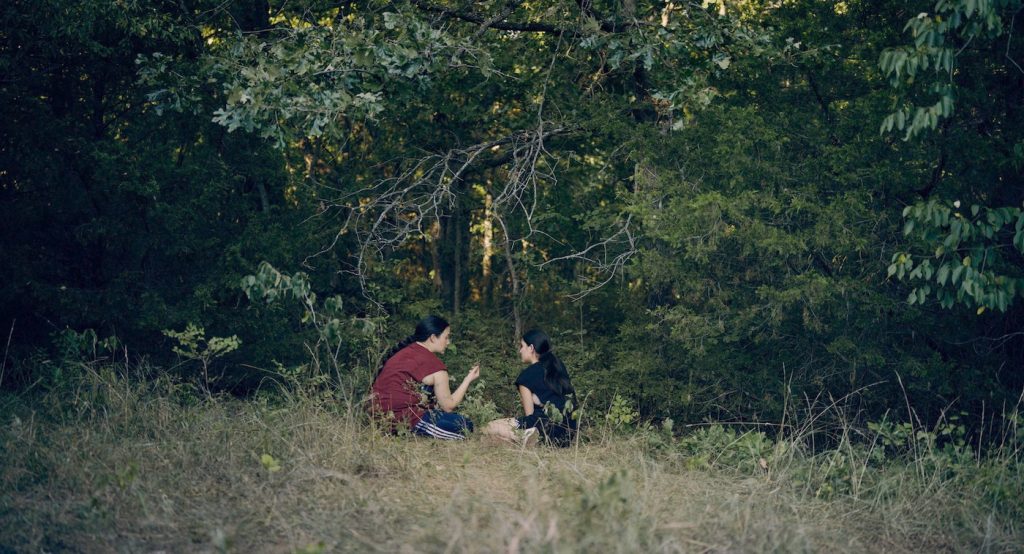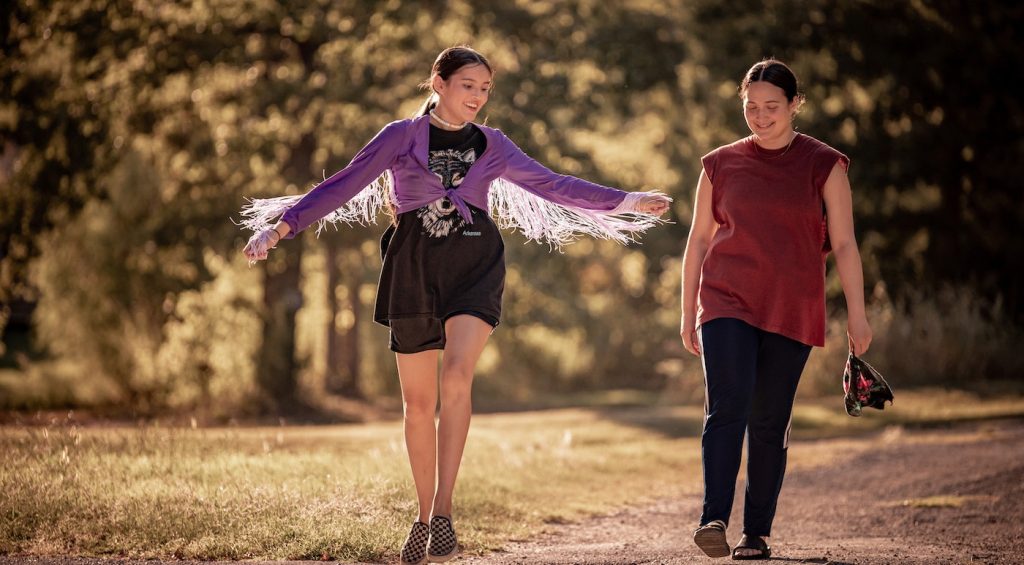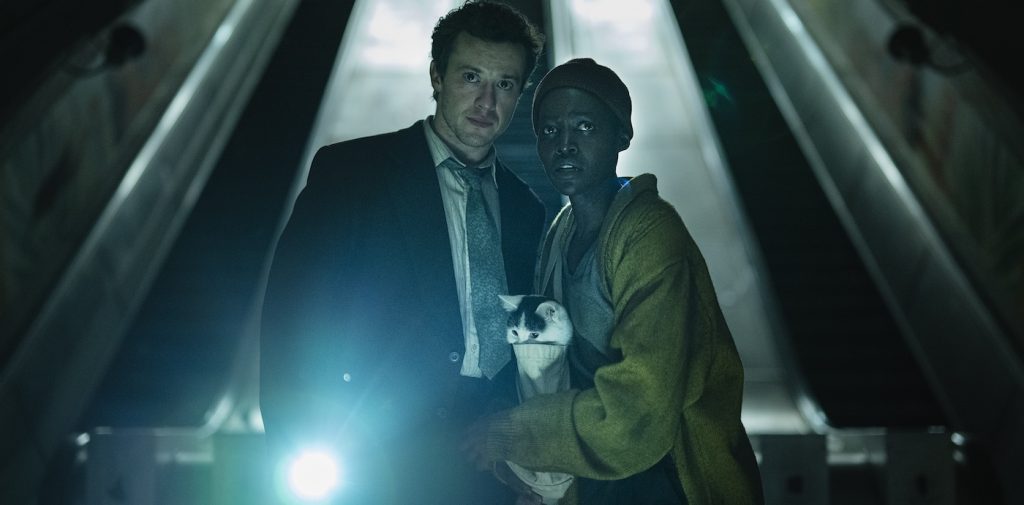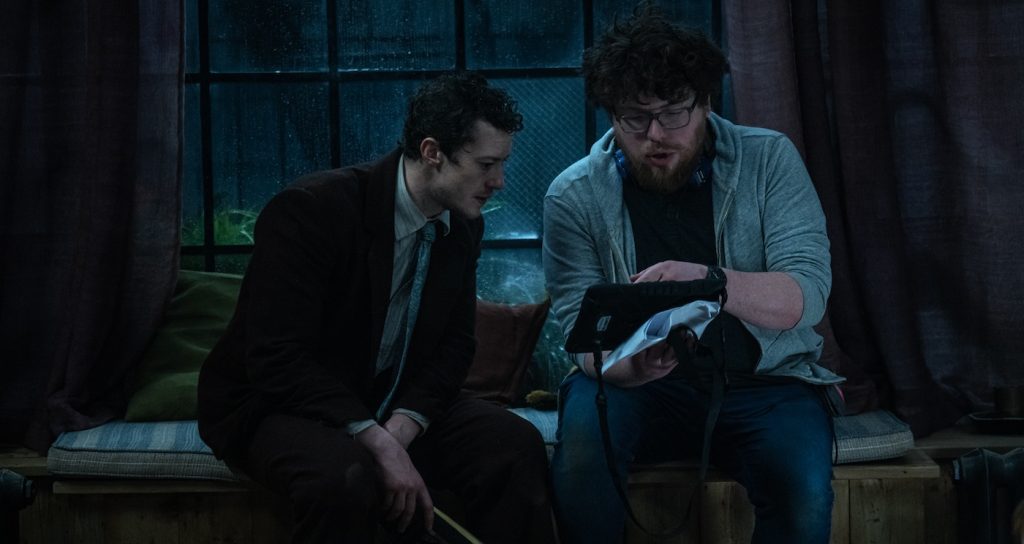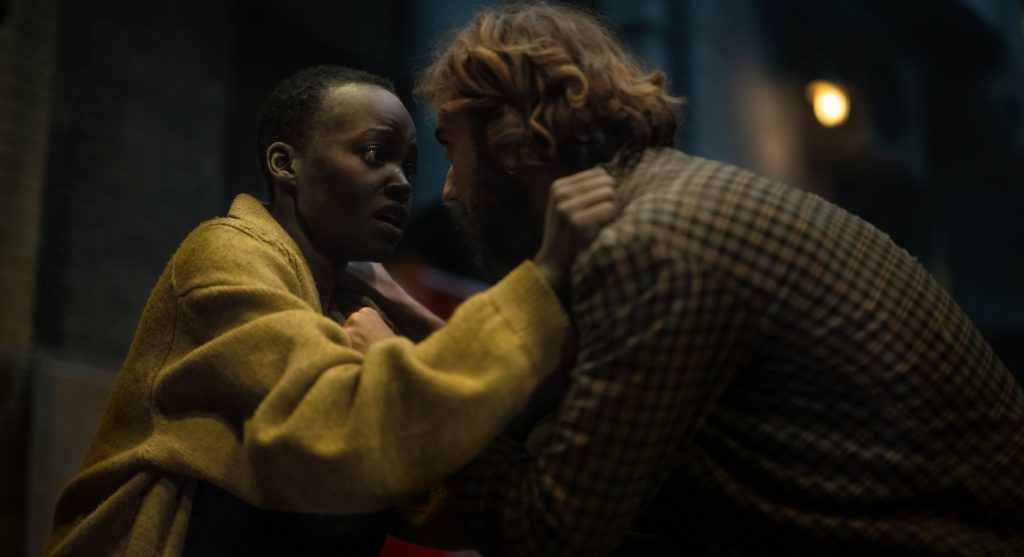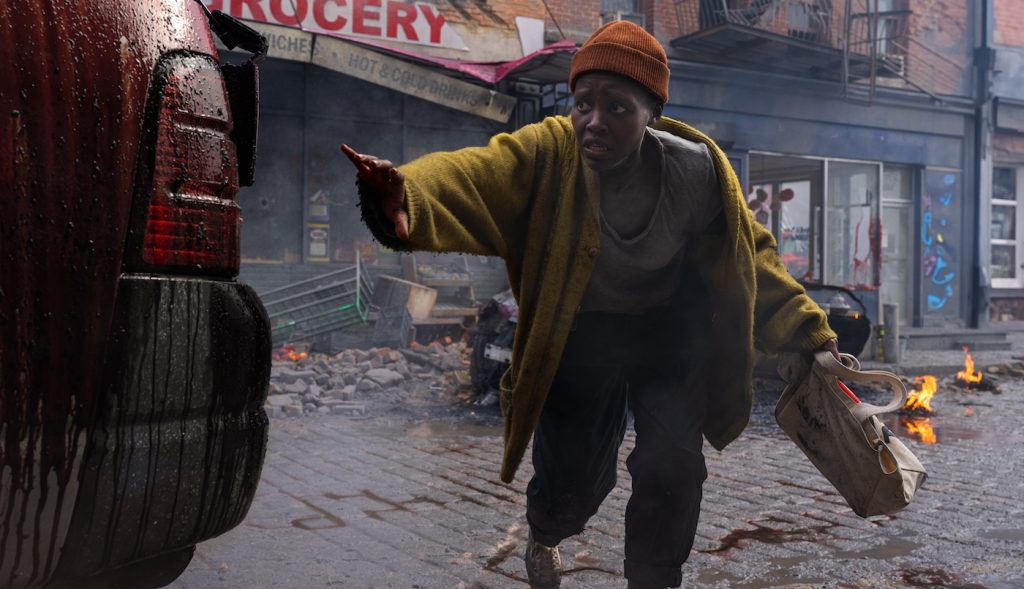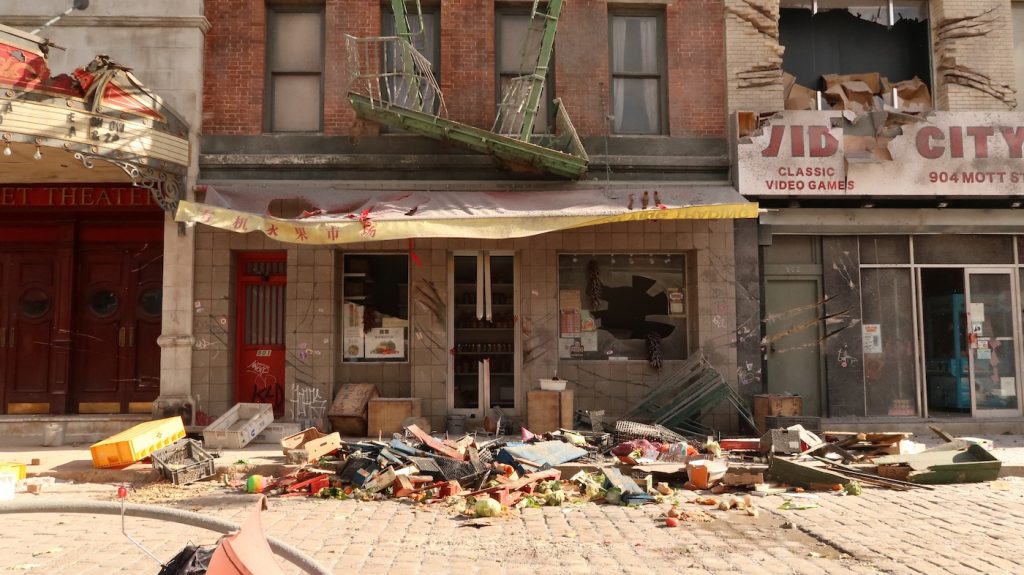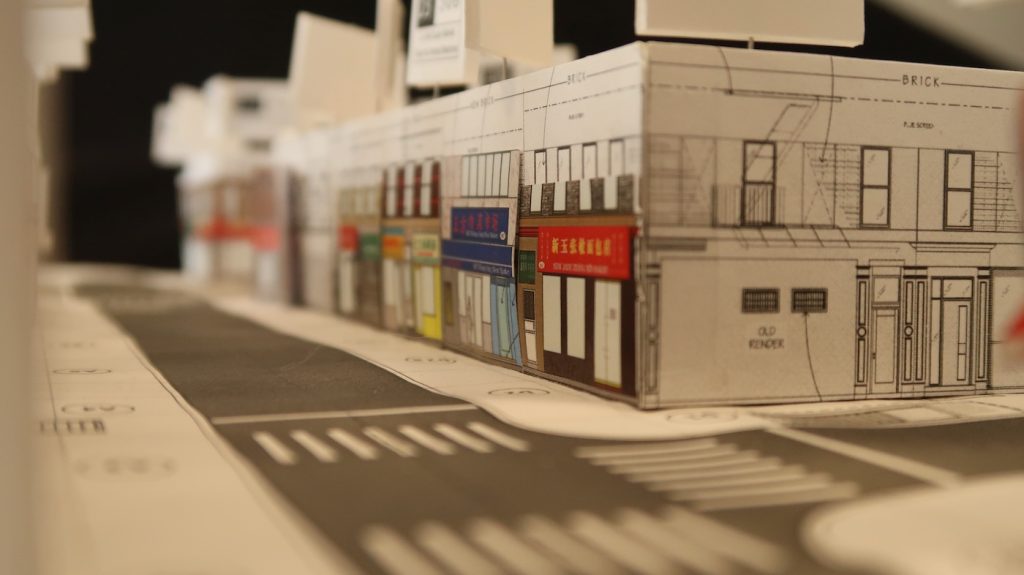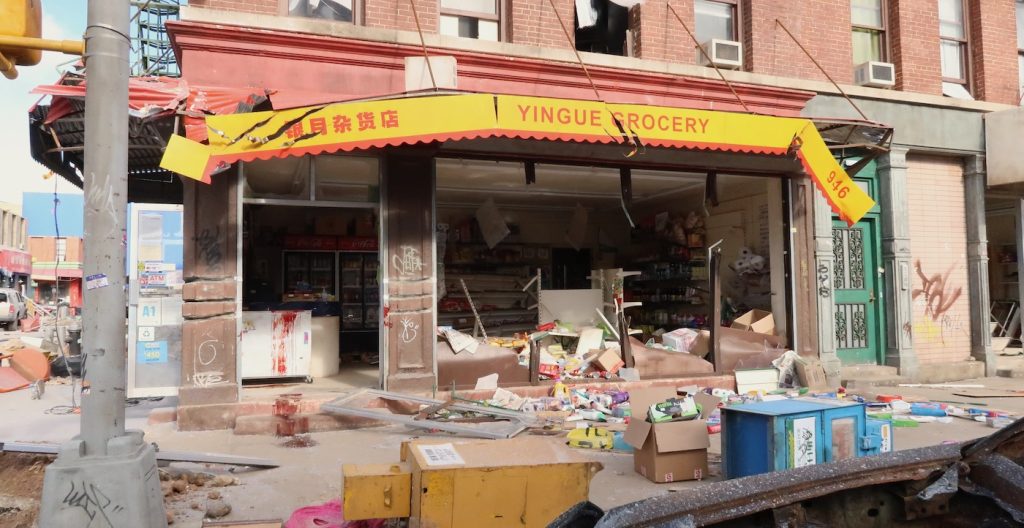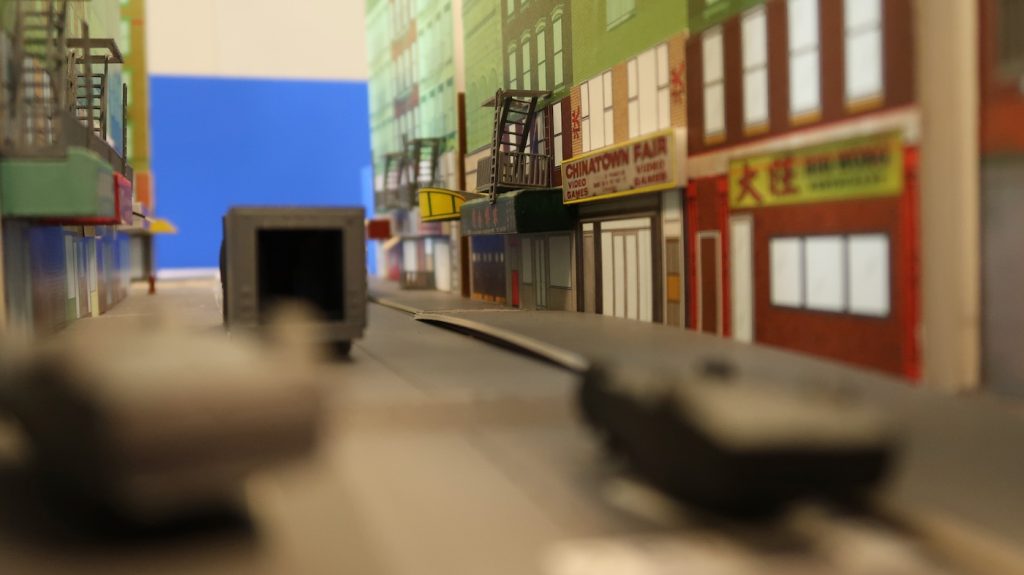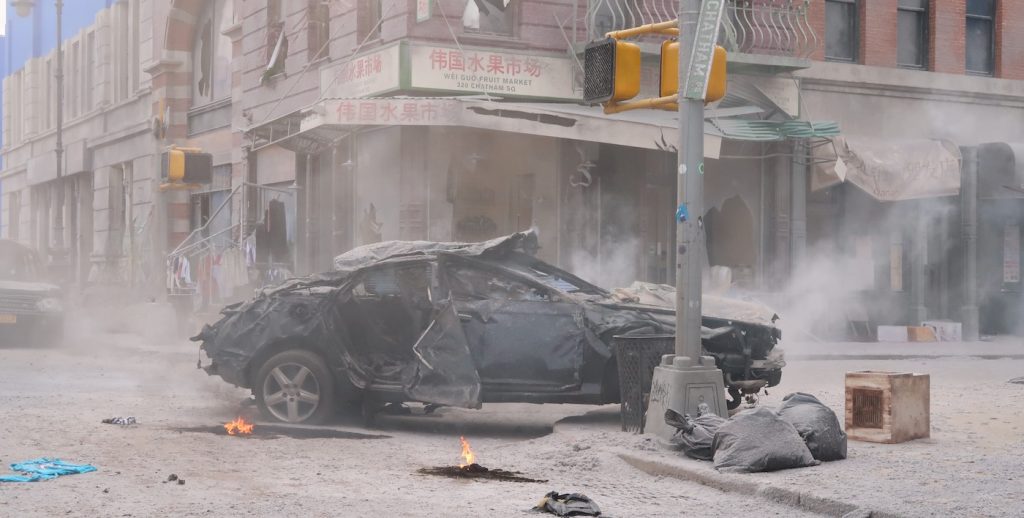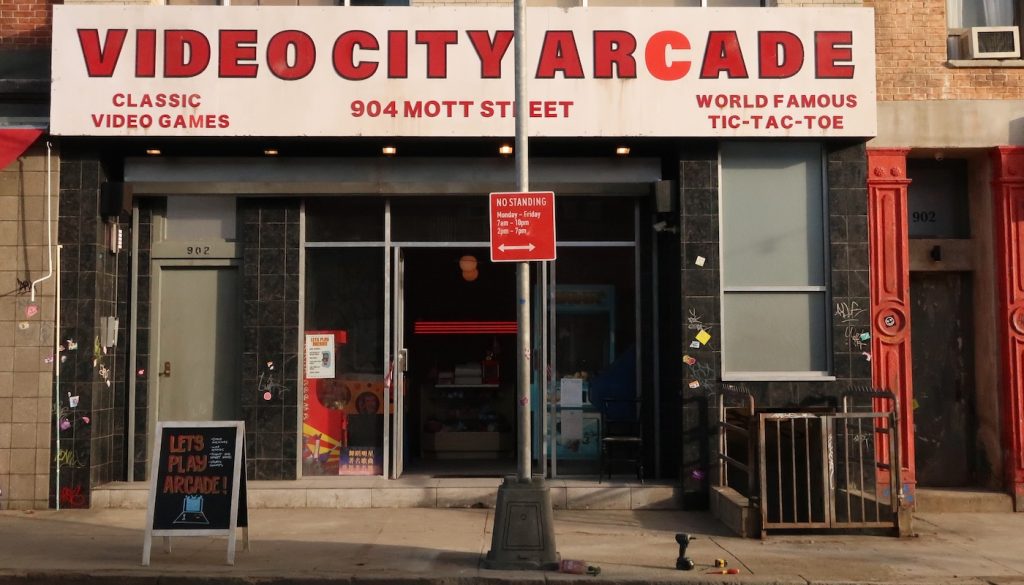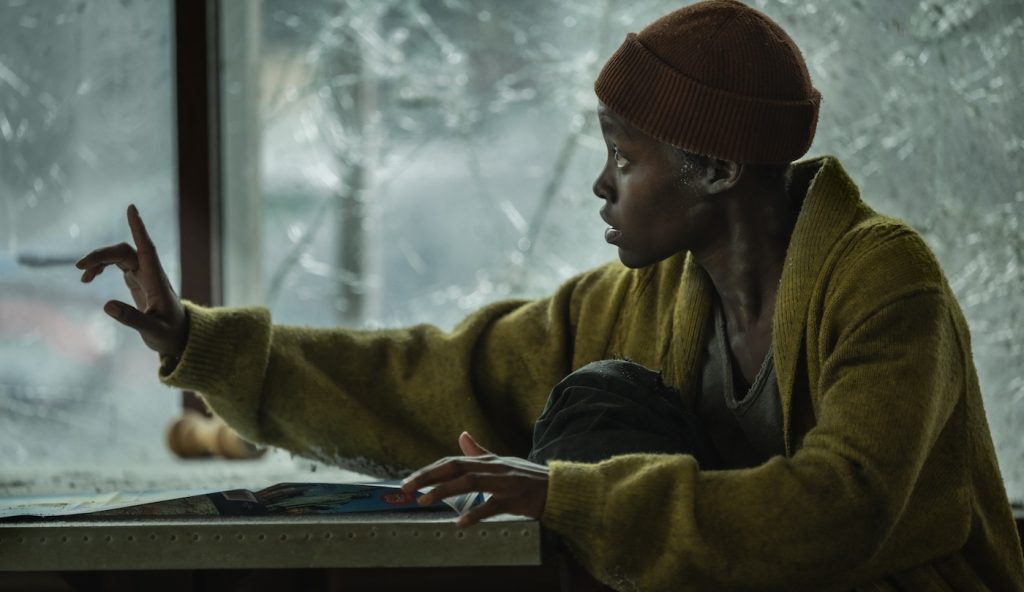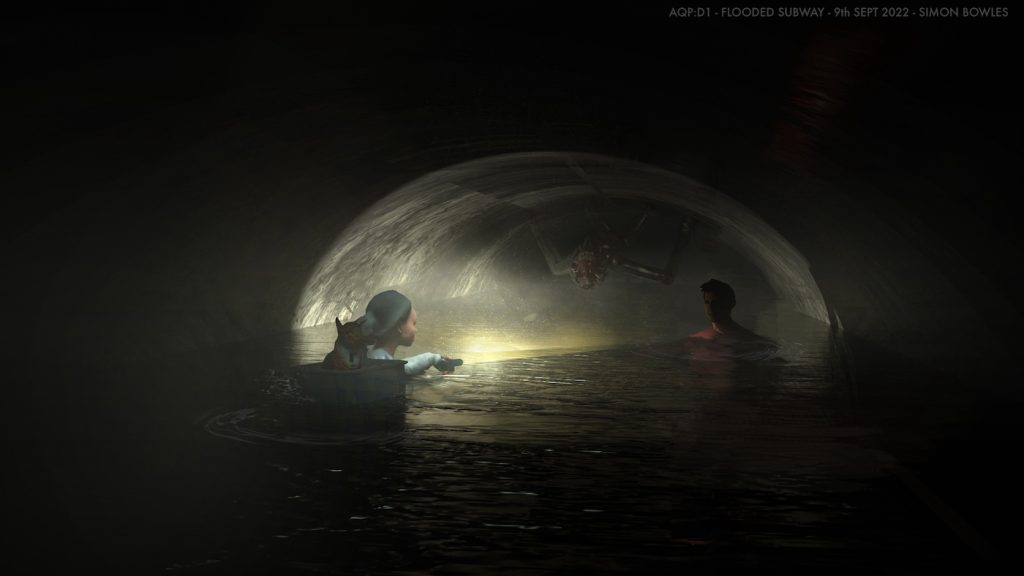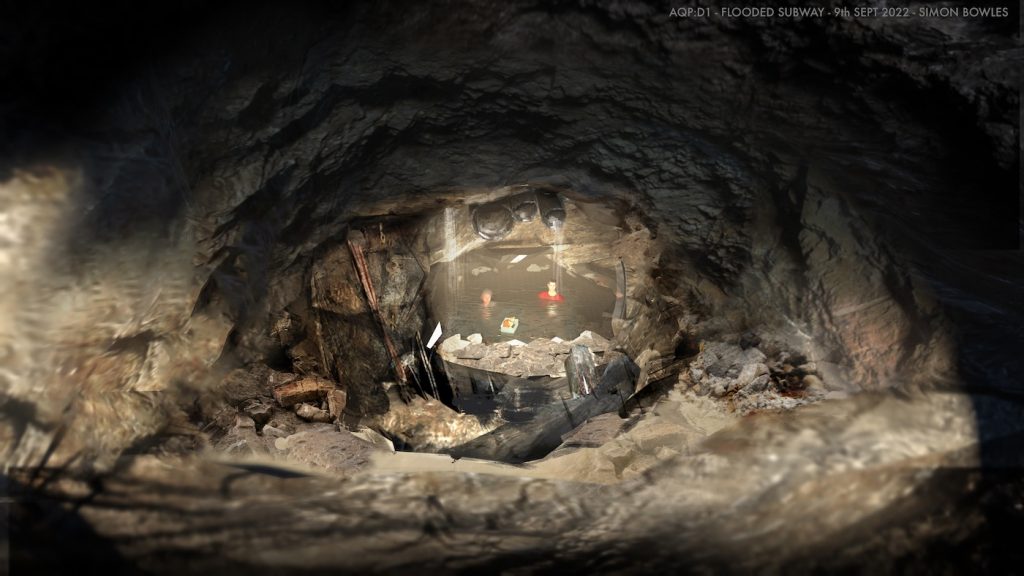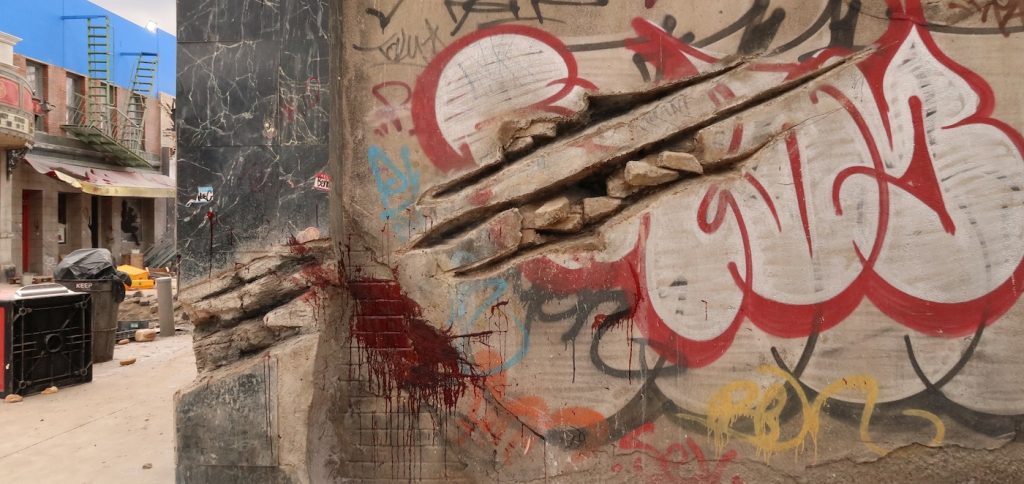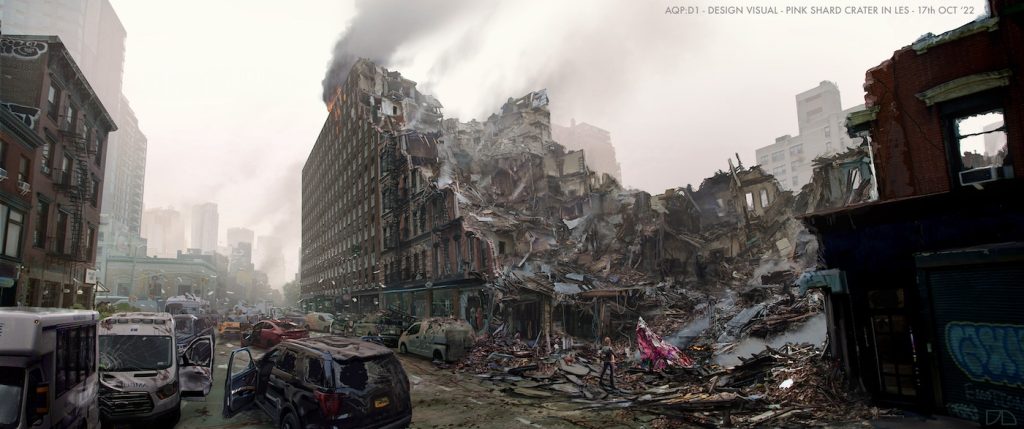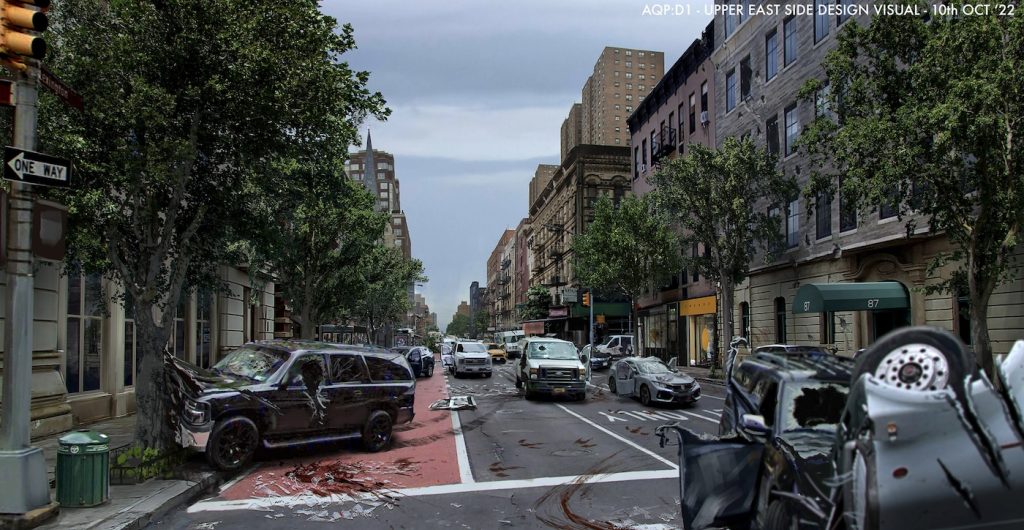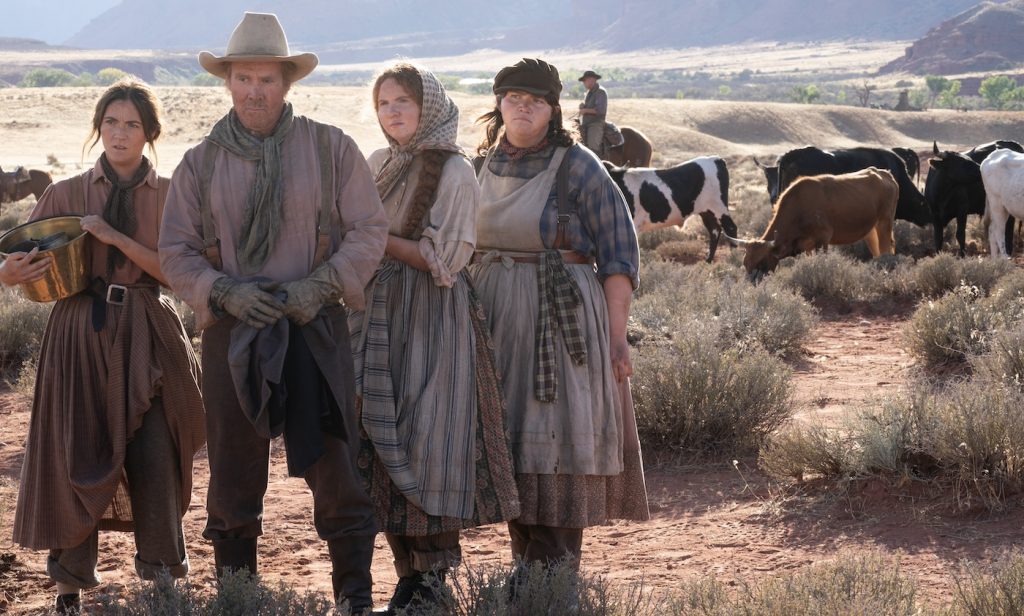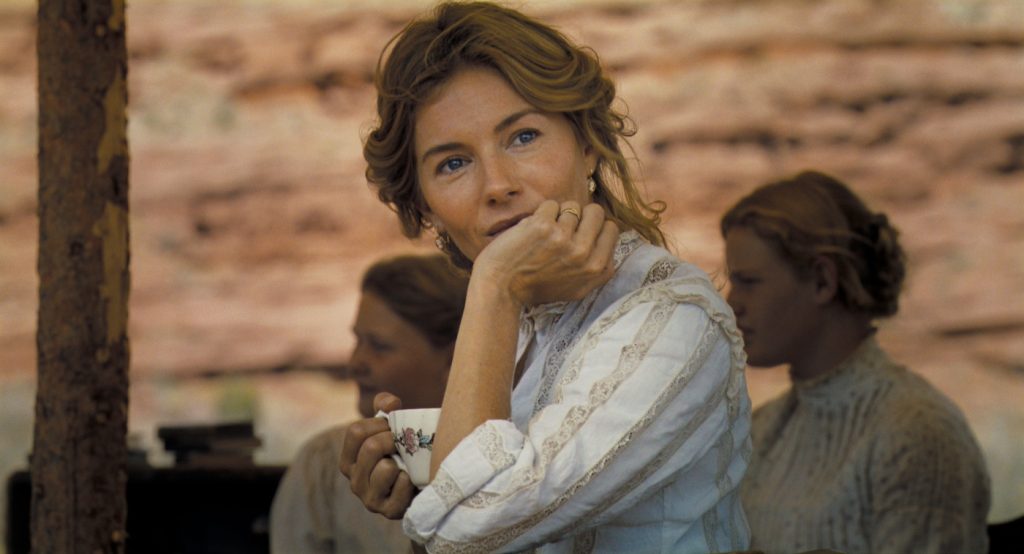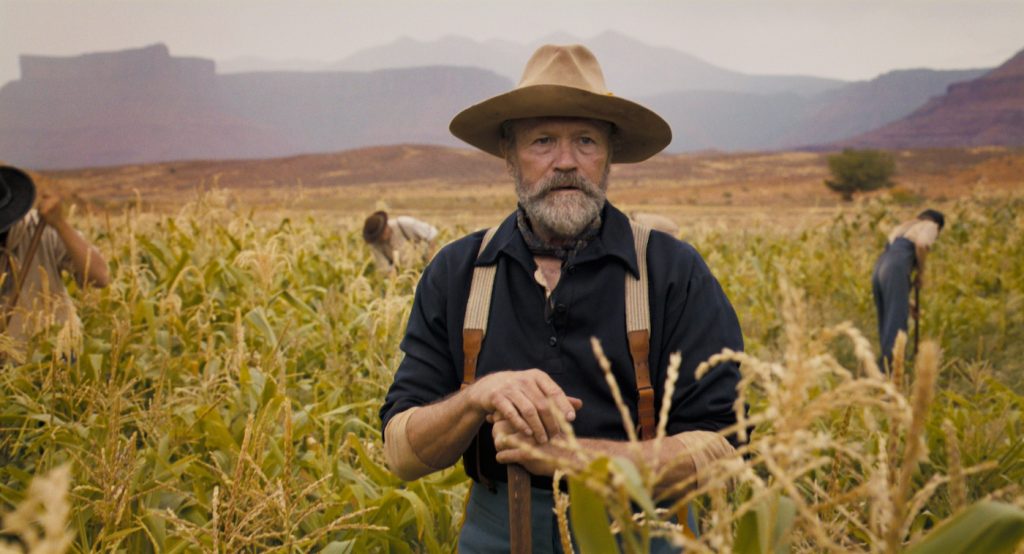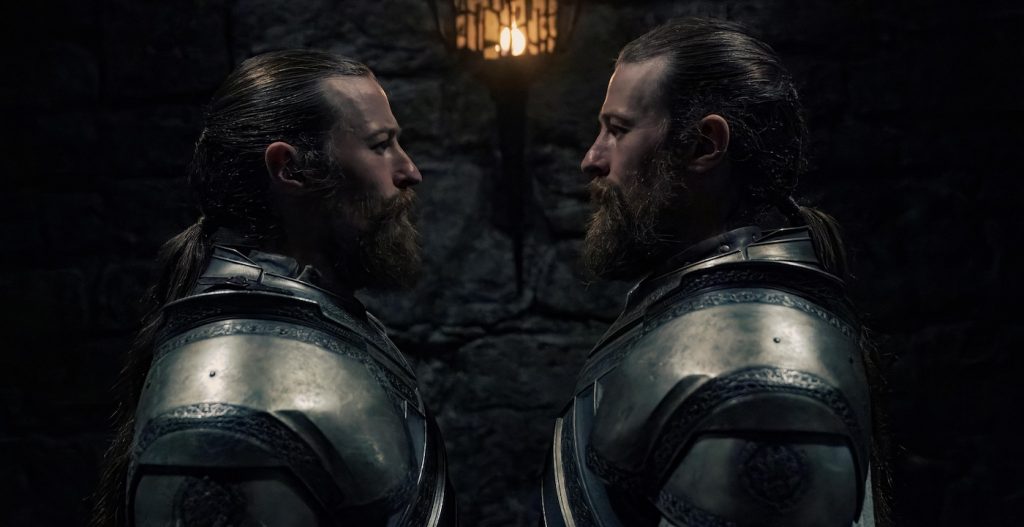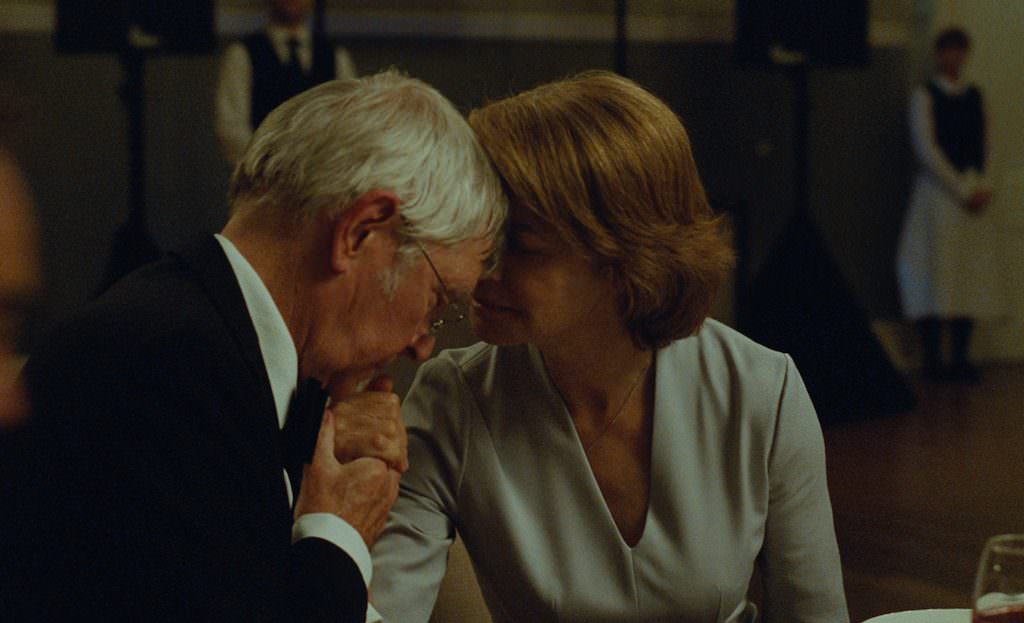A Quiet Place: Day One (now in theaters) personalizes its sci-fi mythology by centering the action around a cancer-stricken poet who’s hell-bent on getting a slice of her favorite pizza, alien invasion be damned. Written and directed by Michael Samoski, maker of indie shocker Pig, the prequel casts Oscar winner Lupita Nyong’o (Us, 12 Years a Slave) as Samira, who tries to escape the monsters’ attack with moral support from her charismatic cat Frodo and a kind stranger (Joseph Quinn of Stranger Things).
Nyong’o delivers an intense performance. Just as remarkable is the environment she traverses. It’s supposed to be Manhattan, but in fact, Day One was filmed largely on the Leavesden backlot outside of London. Industrial Light & Magic visual effects supervisor Malcolm Humphreys and his team of far-flung contributors in San Francisco, Vancouver, and Mumbai enhanced production designer Simon Bowles‘ physical set to emulate a full-blown cityscape stretching from Chinatown to Harlem and beyond. The VFX team also conjured new details for the “Death Angels” from outer space featured in the first two Quiet Place movies.
Speaking from his London home, Humphreys, whose previous credits include The Batman, talks about building a proper Manhattan in rural England and reveals the secret name of Day One‘s humanity-destroying villain.
Who is “Happy?”
Within our pipeline, Happy is the way we referred to the creatures in this movie, which is a fun juxtaposition because they’re so furious and not very happy.
Audiences are familiar with the aliens with their super-sensitive hearing from the first two Quiet Place movies. How did you build on that foundation for Day One ?
We unarchived all the work they did on the previous film and went to work upgrading the assets to our current level of technology, including detailed simulations of how everything worked inside the mouth. The creatures operated mainly in two modes—snatch and grab or going after their prey in a slow, methodical way. The interesting thing for us is that the Quiet Place story is now placed in a much denser environment.
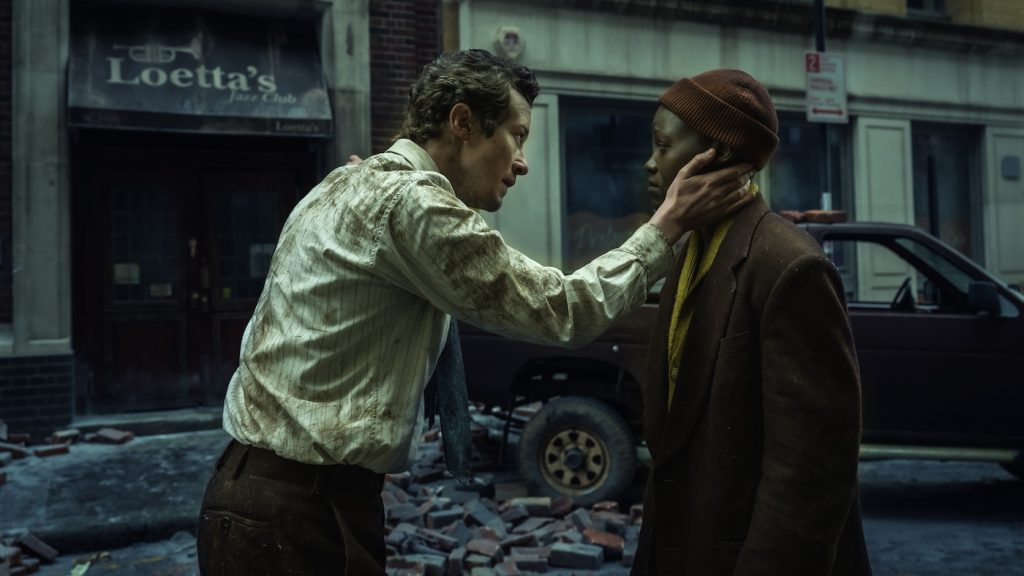
New York City!
So, we needed to flesh out the creatures in terms of how they interacted with the building and the cars and how they operated in a hive mentality toward the common goal.
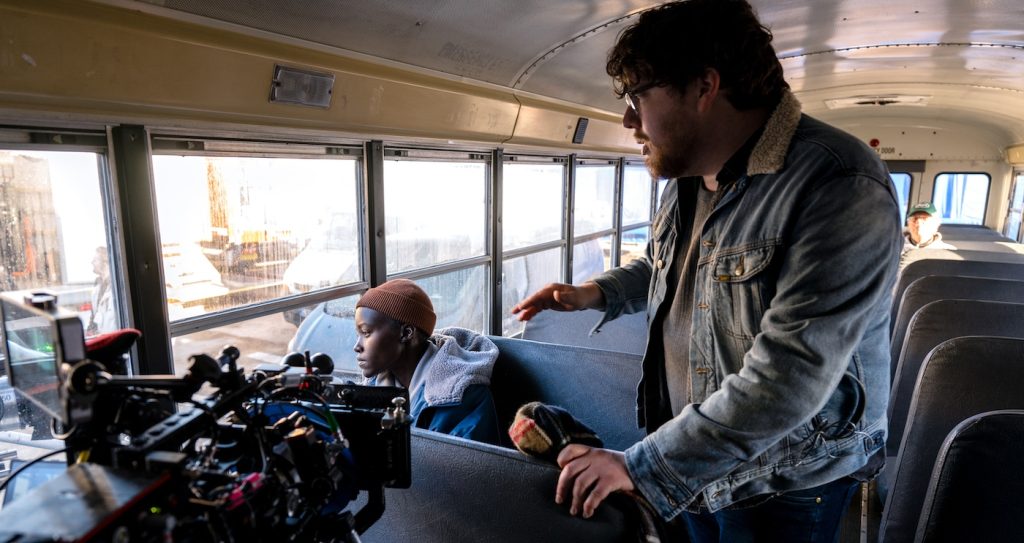
What kind of details did you get into for this film?
One area we totally upgraded was the creature’s ear. At the construction site, when the creature’s ear opens up, there’s a huge amount of texture detail, cartilage, and sculpting from really talented artists doing what we’d normally do physically, but they’re doing it digitally. And when the big Mother Happy touched these mushrooms, it was interesting to see creatures that are [normally] quite aggressive but now interact in a gentle manner.
Did the filmmakers ever use stunt performers to portray creatures?
There are a couple of shots in which we have a stunt person dressed in black who has essentially soft sponges on the side that he uses to bash people out of the way.
On the flip side, did you ever use CGI to create human civilians?
The shot where Samira crawls under the car to hide and the creature grabs someone would have been hard to do with a stunt person, so how do we make this feel visceral and damaging? We made a fully CGI person. We also replaced the front bumper that crashes to the ground. These story-supporting visual effects tell the audience, “This is not a place you want to be.”
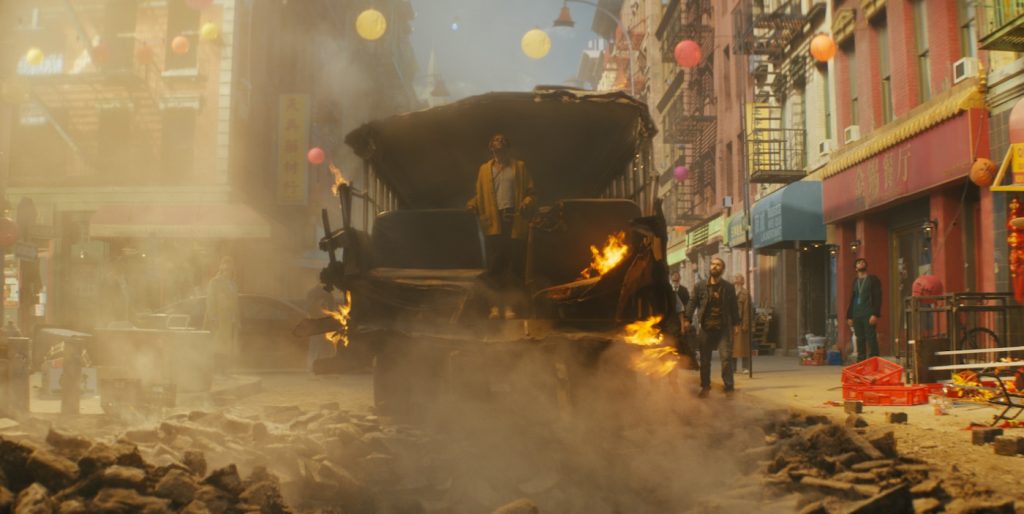
What was your dynamic like with the director Michael Samoski, who had never made a big-budget movie of this scale?
I think it can be hard for someone who’s done dramatic, non-bluescreen work to come into a shooting location like this. Production designer Simon [Bowles] built a beautiful backlot [big] enough so they could get a lot of handheld shots. Then, our job was to come in and adapt to those environments. When Michael attempts something practical, and it doesn’t come together, he leans on me to work out the best way to go forward.
So you did extensions?
Oh, loads of extensions. The backlot set is only 330 feet long. Andy [Evans], the construction manager, built beautiful sets, but with Chinatown, there were a bunch of set extensions. Then, we moved through the different neighborhoods up toward Harlem until the final shot. Lupita’s on the same backlot that Chinatown was shot on, but we replaced eighty percent of the background. From a story point of view, it all made sense and felt authentic because that’s actually an intersection in New York that I scouted, and we captured all that data to make the shot work.

How did you gather the imagery needed to digitally re-create Manhattan?
Michael and Simon identified multiple locations in New York for the neighborhoods they wanted to progress through in this story. Then, we had a capture unit go through the city, and they captured 115 building facades. From there, it became a matter of using these photographs of real locations to make sure the rhythm and feel were authentic.
So you’ve got boots on the ground in Manhattan…
On the first day, we were there, I walked from Chinatown all the way to Harlem just to engross myself in the architecture and see how it changed between these neighborhoods. I had a bit of jet lag, and it was a long walk, but that really helped me understand these areas.
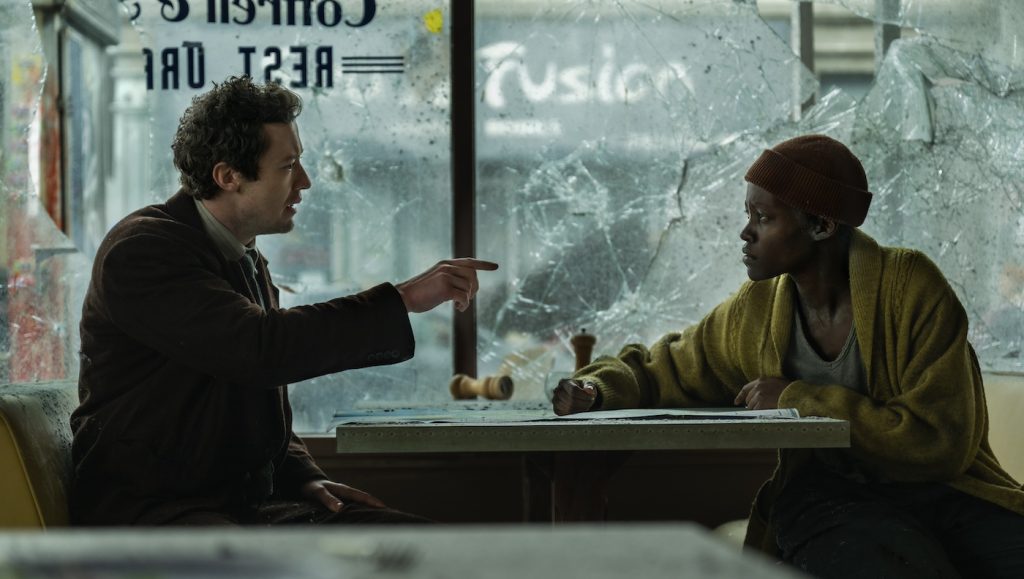
So your VFX team helps build out these environments and then of course, you have to destroy a lot of it.
The destruction was quite fun to do. Creatures ripping into cars was a great opportunity to create visceral moments. Having all these creatures crawl down the building was fun to do. And then blowing up the bridge…
In the world of VFX, how do you blow up a bridge?
We did data capture from Chinatown rooftops to get good references for the bridge. We built those out to the nth degree. Then we found a very good reference [documenting] the demolition of a bridge where you have this big explosion, and then the wake shows the impact this large structure would have on displacing the amount of water that would flow up into the air.
You have to nail the physics!
Totally. Finding references is such an enjoyable aspect of what we do. You can’t build all of it, but there’s a level of detail you need, so from an audience point of view, you can’t tell the difference.
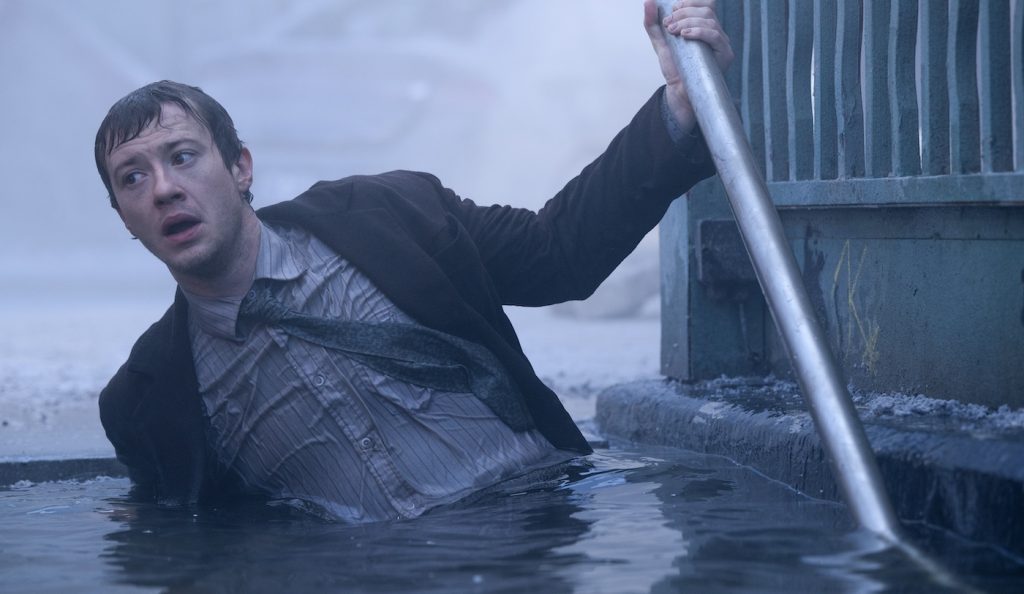
You guys ventured outside the backlot to craft the film’s big third-act sequence. How did you piece together this finale?
That was shot between Bovingdon, an airfield, a pier on the Thames, a moored boat, and Joseph in a tank in Pinewood [production studio]. We then had to stitch all of that together so our characters could traverse that environment, and it felt like one location.
How did AI impact your process?
At ILM, we constantly use different aspects of AI. For us, it’s another toolset, and we’re at the forefront. On this film, we definitely used some aspects of AI, especially in our compositing. With AI, we have an “as soon as it’s usable, we’ll be using it” attitude.
Michael and director of photography Pat Scola had worked together before on Pig, but Day One was their first big-budget studio film. What was it like collaborating on the look of this movie?
Early on, Michael, Pat, and I had conversations about visual effects, and my main thing was, “Shoot the movie the way you want it to look.” I’d rather have beautiful-looking images with things that we can then help with rather than have the filmmaker be in an uncomfortable position where we have to do a lot of work in post.
Your philosophy seemed to pay off.
In a genre where the story could have just been generic, I found Day One to be unique.
For more on A Quiet Place: Day One, check out these stories:
How “A Quiet Place: Day One” Production Designer Simon Bowles Harnessed VR to Unleash Aliens on NYC
“A Quiet Place: Day One” Director Michael Sarnoski on Creating Emotional Stakes & Killer Silences
Featured image: Lupita Nyong’o as “Samira” in A Quiet Place: Day One from Paramount Pictures.



